Equine Alternative medicine
For improved equine care.
Equine Alternative medicine
For improved equine care.
What Is Laser Therapy?
Laser therapy (also called photobiomodulation) uses specific light wavelengths to gently stimulate your horse’s natural healing processes. It’s non-invasive, drug-free, and pain-free — making it a great option for horses of all ages and activity levels.
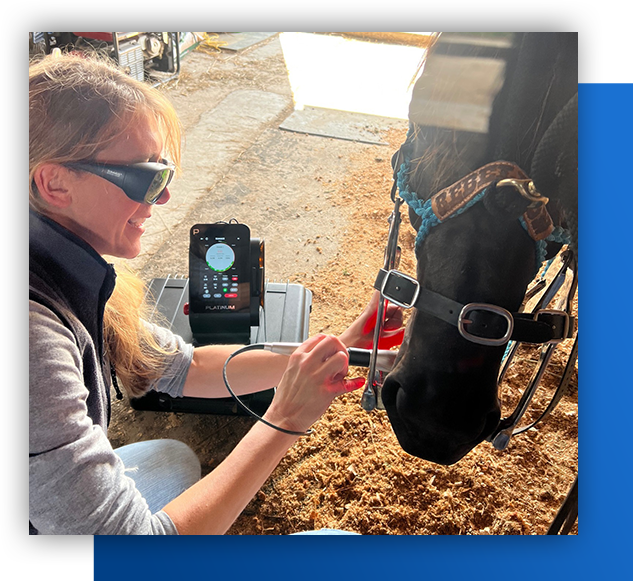
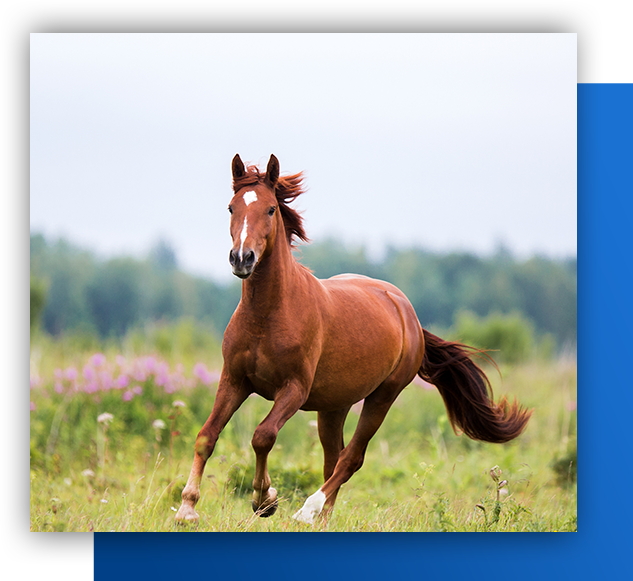
How It Works
The light energy from the laser penetrates deep into tissues where it:
 Boosts cellular energy (ATP) for faster healing
Boosts cellular energy (ATP) for faster healing Improves circulation and oxygen delivery
Improves circulation and oxygen delivery Reduces inflammation and swelling
Reduces inflammation and swelling Promotes collagen production for stronger tissue repair
Promotes collagen production for stronger tissue repair Provides natural pain relief by reducing nerve sensitivity
Provides natural pain relief by reducing nerve sensitivity
 Tendon & ligament injuries (e.g., suspensory, SDFT)
Tendon & ligament injuries (e.g., suspensory, SDFT) Joint pain, arthritis, or inflammation
Joint pain, arthritis, or inflammation Sore backs or stiff necks
Sore backs or stiff necks Muscle strains or spasms
Muscle strains or spasms Wound healing & post-surgical recovery
Wound healing & post-surgical recovery Everyday soreness in performance horses
Everyday soreness in performance horses
 Reduces pain and inflammation
Reduces pain and inflammation Speeds up healing and recovery time
Speeds up healing and recovery time Improves flexibility and range of motion
Improves flexibility and range of motion Minimizes scar tissue formation
Minimizes scar tissue formation Enhances comfort, mobility, and performance
Enhances comfort, mobility, and performance
What to Expect
 Most sessions last 5–20 minutes depending on the area.
Most sessions last 5–20 minutes depending on the area. Horses usually relax during treatment.
Horses usually relax during treatment. A series of treatments provides the best results — your veterinarian will recommend a schedule based on your horse’s needs.
A series of treatments provides the best results — your veterinarian will recommend a schedule based on your horse’s needs.
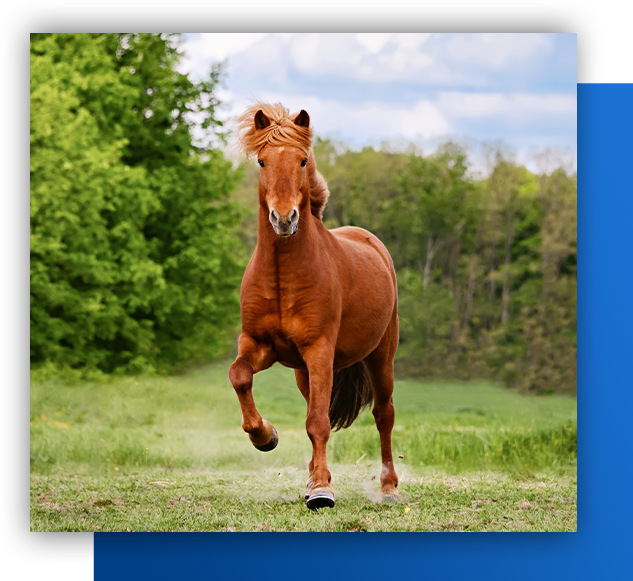
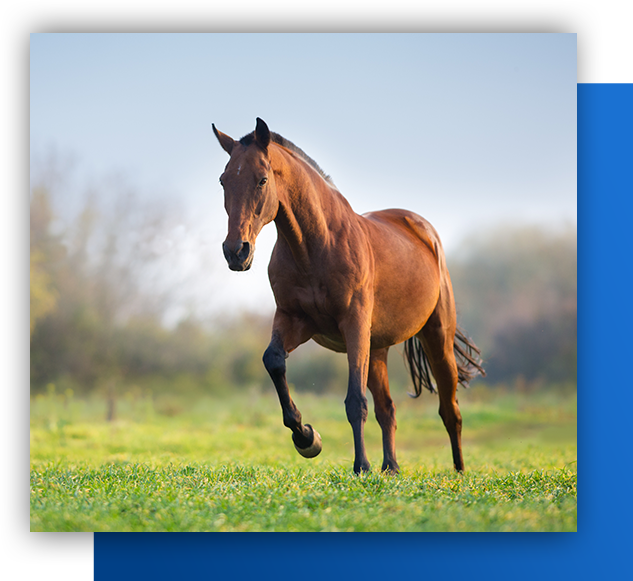
Safe & Gentle Care
Laser therapy is completely safe when performed by trained professionals. No sedation or downtime needed — your horse can return to normal activity right after treatment.
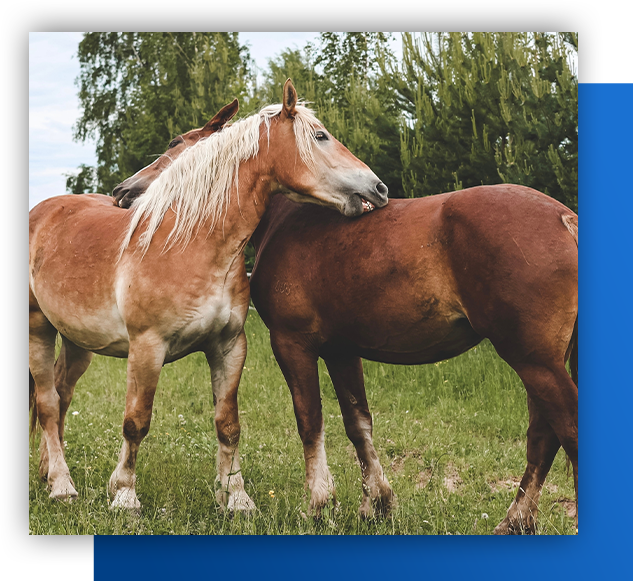
What Is Equine Chiropractic Care?
Equine chiropractic care focuses on the spine, joints, and nervous system to help your horse move freely and comfortably. It’s a hands-on, drug-free therapy that restores proper motion to the joints, improving balance, flexibility, and overall performance.
How It Works
When a joint becomes restricted or “out of alignment,” it can interfere with surrounding nerves and muscles. A certified veterinary chiropractor uses gentle, precise adjustments to:
 Restore normal joint movement
Restore normal joint movement Reduce muscle tension and pain
Reduce muscle tension and pain Improve nerve communication
Improve nerve communication Enhance overall body balance and coordination
Enhance overall body balance and coordination
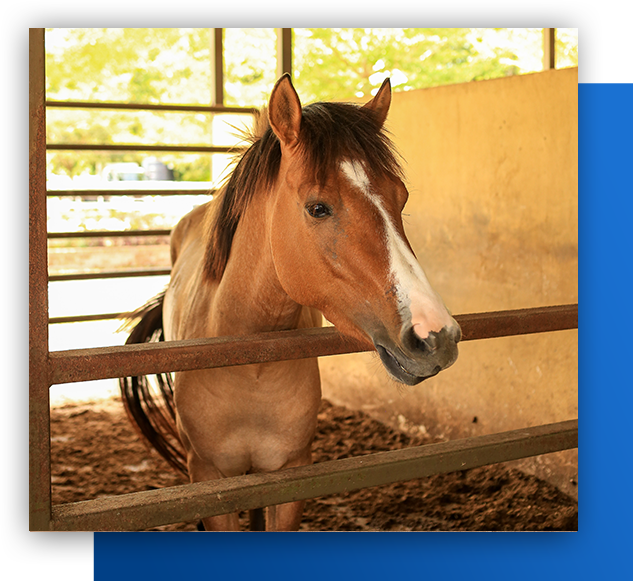
 Shortened stride or uneven gait
Shortened stride or uneven gait Difficulty picking up or maintaining a lead
Difficulty picking up or maintaining a lead Resistance to bending, collecting, or turning
Resistance to bending, collecting, or turning Stiffness through the neck or back
Stiffness through the neck or back Poor performance or attitude changes
Poor performance or attitude changes Soreness after work or saddle fitting issues
Soreness after work or saddle fitting issues
Benefits of Chiropractic Care
 Improves mobility and flexibility
Improves mobility and flexibility Reduces pain and muscle soreness
Reduces pain and muscle soreness Enhances performance and balance
Enhances performance and balance Supports faster recovery from injuries
Supports faster recovery from injuries Helps prevent future musculoskeletal issues
Helps prevent future musculoskeletal issues Promotes overall comfort and wellbeing
Promotes overall comfort and wellbeing
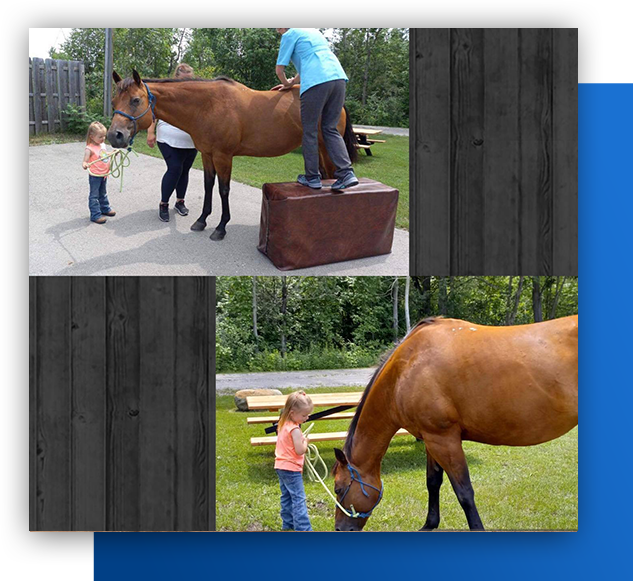
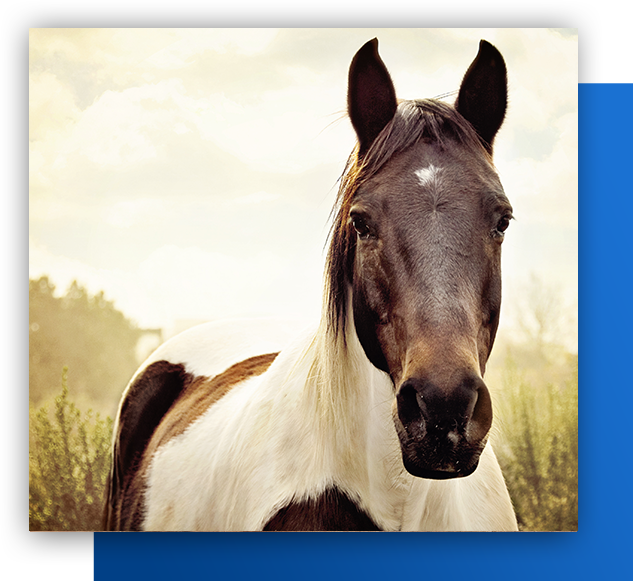
What to Expect
 A full evaluation of posture, movement, and spinal alignment
A full evaluation of posture, movement, and spinal alignment Gentle, targeted adjustments (no sedation needed)
Gentle, targeted adjustments (no sedation needed) Most horses relax and show immediate relief
Most horses relax and show immediate relief Follow-up treatments as needed to maintain alignment and comfort
Follow-up treatments as needed to maintain alignment and comfort
 Discomfort when saddling
Discomfort when saddling Discomfort when riding
Discomfort when riding Wringing tail
Wringing tail Pinning ears
Pinning ears Refusal or unwillingness to perform
Refusal or unwillingness to perform Development of unusual behavior
Development of unusual behavior Sensitivity to touch or brush
Sensitivity to touch or brush Undetermined lameness
Undetermined lameness Bad attitude: biting, unfriendliness
Bad attitude: biting, unfriendliness

Chiropractic Adjustments
Chiropractic exams and adjustments, when performed by trained professionals, are safe, effective and vital to maintain the correct movement and soundness in horses. Chiropractic is concerned with the relationship between structure (primarily the spine) and function (the nervous system), as that relationship can affect health and athletic ability.
Chiropractic Adjustments
Chiropractic exams and adjustments, when performed by trained professionals, are safe, effective and vital to maintain the correct movement and soundness in horses. Chiropractic is concerned with the relationship between structure (primarily the spine) and function (the nervous system), as that relationship can affect health and athletic ability.

